Honda Fit (GE6, GE7, GE8, GE9) Test Drive Report
ReportDecember 17, 2021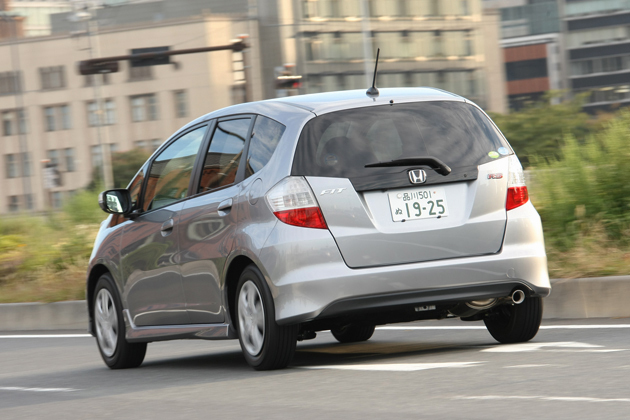
Will the second-generation Fit surpass the first-generation Fit? Will the second-generation Fit surpass the original?
The first generation Fit was a hit that exceeded even the expectations of its creator, Honda. It has been loved not only in Japan but all over the world, and as a result has already sold over 2 million units worldwide.
In response to the popularity of the previous model, the company aimed for a position right in the middle of the class. In other words, the new Fit is a bold challenge to the compact car category, which is considered to be the most fiercely competitive in the world.
Although the overall length has been increased by 55mm and the overall width by 20mm, the new Fit is still a "number five" size. The exterior design is instantly recognizable as Fit, and the distinctive packaging, such as the center tank layout, has been retained from the previous model.
Nevertheless, the company never intended to create a car based on a kept concept from the beginning. Rather, "We considered a variety of new ideas, but as a result, we came to the conclusion that packaging and design based on the previous model would be best," which shows the confidence of the development team of the new Fit.
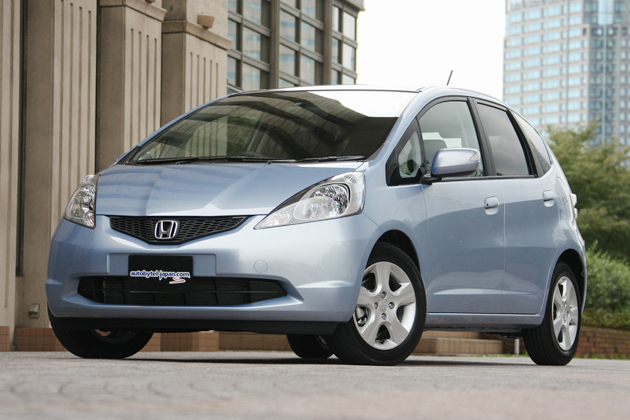
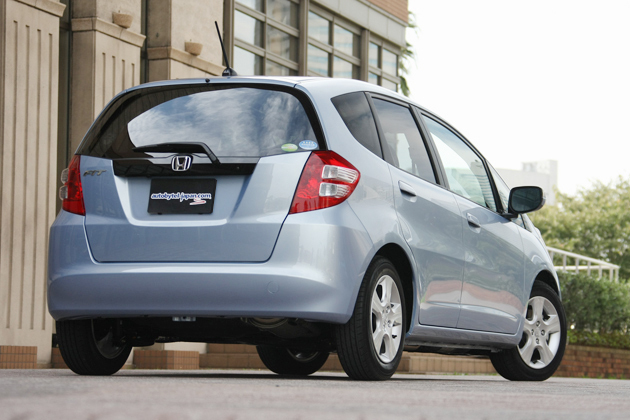
Interior space with a good view and ease of use
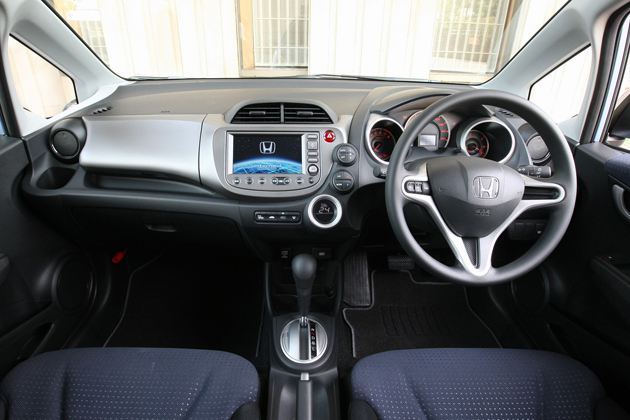
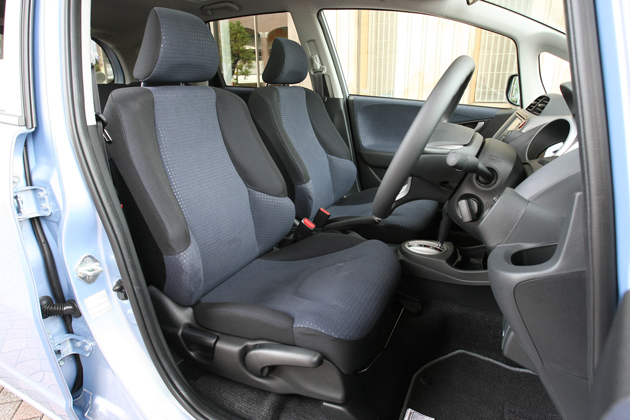
The exterior design of the new Fit is certainly new, but it still looks like a Fit.
Initially, the design of the new Fit was designed to be as innovative as the first generation model, with the idea of an ultra-long wheelbase and low height design without a center tank. However, after considering essential elements for a compact car, such as excellent maneuverability, it was decided that a center tank would be best, and this model was redesigned.
The proportions of the A-pillars were pushed forward to the limit in order to create a styling innovation. This gives the car a vigorous styling and a sense of spaciousness in the cabin, while the larger triangular window reduces blind spots.
The interior features a large dashboard with the cowl positioned in front of the center of the front wheels, emphasizing an asymmetrical shape that is rare for a model in this class. Of course, the Fit's unique rear seat, which converts into a luggage space of more than 1.2 meters in height when the cushions are lifted, has been retained.
All models are equipped with the newly developed i-VTEC engine
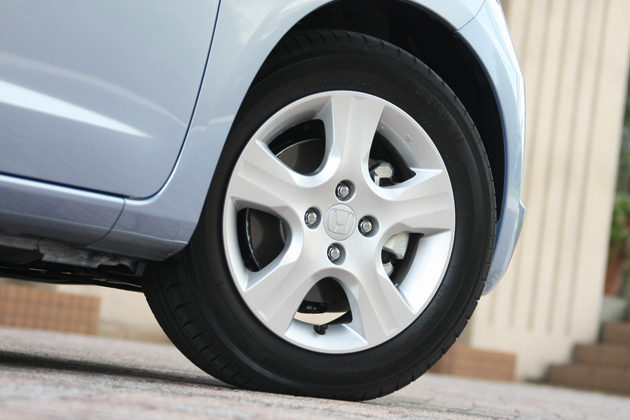
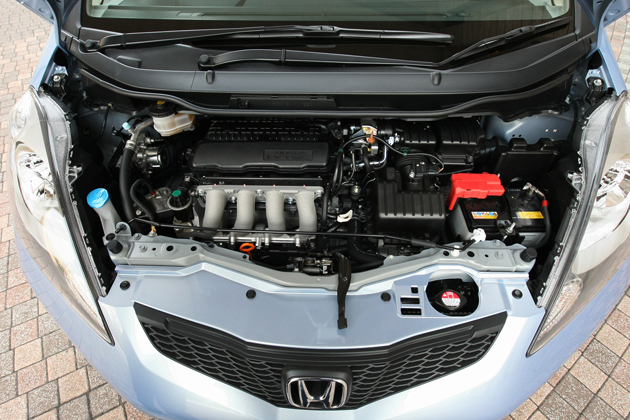
The first generation model debuted with a 1.3-liter engine, and a 1.5-liter model was added the following year.
The second generation model, on the other hand, is equipped with the newly developed i-VTEC engine in both the 1.3-liter and 1.5-liter models, the latter of which has a heart that produces 20 hp more than the 1.3-liter unit. RS" (Road Sailing), the name given to the sportier version of the Civic.
The Fit is equipped with a CVT combined with a newly developed torque converter, and thanks in part to this, even the 1.3-liter model has no complaints about its power at the start. The quietness is also above average for this class. In other words, my first impression of the car was quite favorable.
However, the feel of the electric power steering is not very responsive, especially in the low speed range, and at times it seems a bit unreliable. It would be nice if the steering was not only light, but also responsive.
The 1.5-liter model has more overall power, but the acceleration is not as quick as it should be. Considering the character of the Fit, my personal conclusion is that the 1.3-liter model is sufficient in terms of power performance.
Thoroughly pursued as a compact car
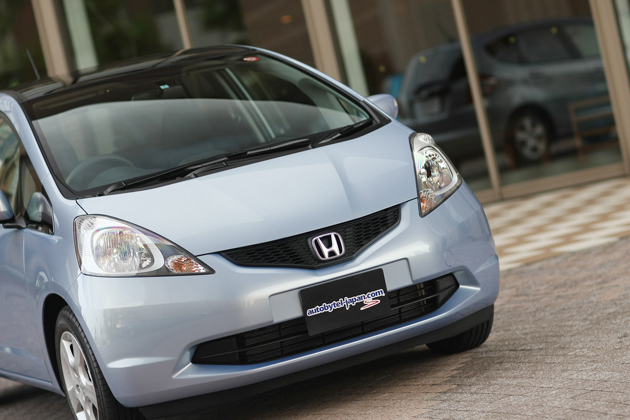
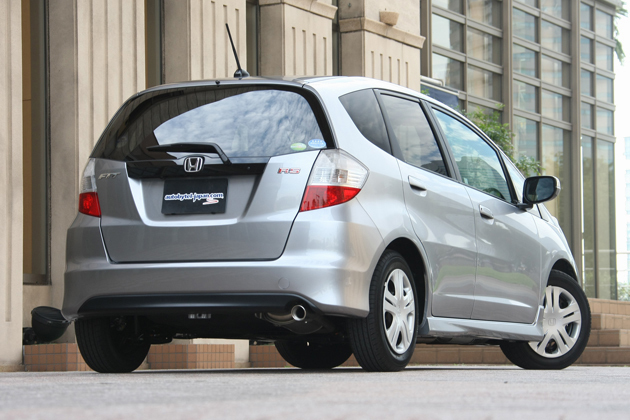
The first generation Fit had a rough ride that could hurt your back, but this was greatly improved with minor changes. In addition, the new model's chassis/suspension and seat functions have been further refined, and its ride quality has become even higher.
Another feature of the new model is that the excellent fuel efficiency, for which Honda has a reputation to begin with, has been further refined through the use of Honda's advanced engine technology and a new "neutral control" function during idling.
On the other hand, while it is acknowledged that the large triangular window contributes to the visibility, the blind spot created by the forwarded A-pillars is still a concern in some cases, and the relatively small wiping area of the wipers compared to the large windshield is also a bit disappointing.
The triple gauges have a sporty design, but the red scales are a little difficult to see when wearing sunglasses. The fact that the top surface of the dashboard is easily reflected in the windshield when exposed to strong sunlight, and the fact that the rear bumper protrudes almost to nothing, may be a bit of a concern for those who think that high practicality is more important than anything else in a model like this.
Nevertheless, I can feel that the development stance of "the key to success for a compact car is its packaging," which has continued from the first generation model, is indeed bearing fruit. The new compact car is the pride of Japan. That is the title I would like to dedicate to this car.
Buy now!
TCV Corporation has the partnership with MOTA.
Copyrights ©2021 MOTA, All Rights Reserved.
Translated by TCV, MOTA liability, trademark, images and documents use rules apply for the original and the translation.
Reproduction and distribution of this article including images without written permission is prohibited.
This article was published in the past, and the grade status may differ from that of the exported / imported vehicle.
In case of Copyright infringement , a criminal investigation may be initiated to whether it's individual or a company.


